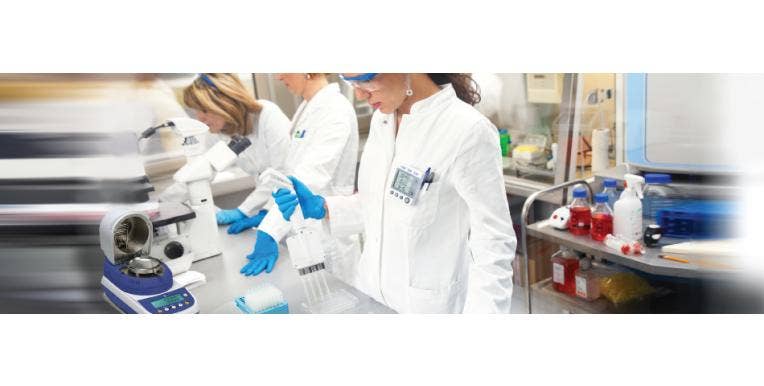What Are Moisture Analysers & How Do They Work?
Moisture analysers sometimes called “moisture balances”, are used to measure the moisture content in various types of samples including solids, liquids, and gases. Trace moisture in solids must be controlled for plastics, pharmaceuticals and heat treatment processes. Gas or liquid measurement applications include dry air, hydrocarbon processing, pure semiconductor gases, bulk pure gases, dielectric gases such as those in transformers and power plants, and natural gas pipeline transport.
Due to the slow pace of traditional and manual laboratory moisture testing methods, automated moisture analysers have been developed and can reduce the time necessary for a test from hours to just a few minutes.
Moisture analysers are utilised in different industries for many different purposes. They can be used in the food industry to control the moisture. Excess amount of moisture in food may lead to staleness or bacterial growth. Furthermore, there are many food items which are sold by their weight; thus, it is important to make sure customers aren’t overpaying for water weight. On the other hand, too little moisture can reduce the calorie count or make the food dry. Moisture is an important factor affecting the consistency, taste, shelf appearance and many other factors in food.
Moisture analysers are also frequently used in quality control and other laboratories. Moisture analysis is used in many fields to determine the water content in crude oil, fuel, sewage sludge and many other chemicals, solids and liquids.
Most moisture analysers have a computer interface to assist with the observation and analyse in the drying process and its effects on the sample. They have the capacity to save the tests in their memory to repeat frequent testing parameters without having to set them up over and over again to assist with the elimination of downtime.
How Moisture Analysers Work
Moisture analysers utilise Loss On Drying (LOD) method to measure moisture. In this method, the moisture analyser weighs a sample, heats it up to dry it, and weighs it again once it’s dry. The weight after drying is subtracted from the weight before, so the loss of moisture is determined using the loss of mass.
The heat-generating system can vary from analyser to analyser. Some moisture analysers use halogen and some use infrared or glass-free metal heaters positioned above a precision balance. Halogen moisture analysers are quick, efficient and responsive. These types of moisture analysers are ideal to use where there is no single setting that heats all samples evenly.




